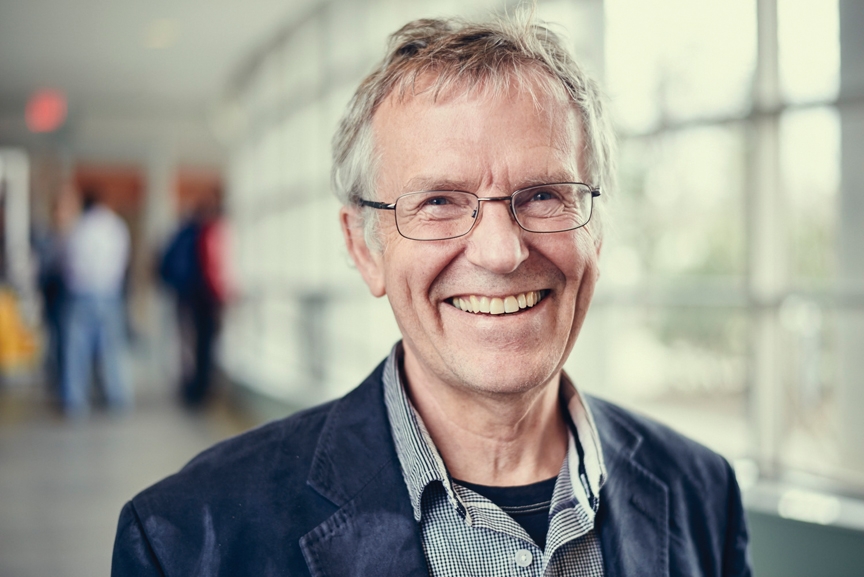Peacebuilding’ is a term that refers to the development of structures that contribute to a lasting peace after a violent conflict. Structures refer to material goods like physical infrastructure, a well-functioning economy, and governance systems; or less tangible such as relationships, trust, collaborative working relationships, and a culture of peace. Peacebuilding applies to government and civil society and addresses problems of corruption, violent outbreaks, black market economies, and identity-based systemic injustices. These have to be addressed from the grassroots level to the highest level of political leadership.
Peacebuilding challenges can be overwhelming, particularly when animosity is deeply rooted in historical grievances, there is continued corruption, lack of information, and the whole populations can be traumatized.
There is an additional challenge at the level of intervention. Armed forces may be involved as peacekeepers or engaged in kinetic activities to ensure security. Diplomatic initiatives are undertaken to stimulate reform of governance structures. Development activities address the destruction of infrastructure and the need for enhanced economic activity. During Canada’s involvement in Afghanistan, there was a 3-D approach: defense, diplomacy, and development. This morphed into a whole of government approach with the recognition that other departments were involved in the intervention. A comprehensive approach includes NGOs and international organizations.
To be integrative means that peacebuilding initiatives at all levels need to support each other’s strategic and practical goals. Each contributes to the efforts of the other. Not only is this the case from the perspective of international intervention, but each of theses needs to be integrated with local peacebuilding efforts. The latter may be led by the host state but more frequently they are undertaken by civil society organizations—from local communities to regional and national levels. All of this leads to a complex set of challenges.
Two overarching themes guide the Integrative Peacebuilding Initiative. The first is to address the needs of those suffering most from violent conflict, building on their own capabilities to find a way toward sustainable peace and development. The second is the complexity of getting a number of government departments and the Canadian Armed Forces to collaborate in an integrated way with NGOs and international organizations. These are woven into five graduate courses.
The first, The Adaptive Leader, gives people a dynamic, integral framework to adjust quickly to new developments in a complex environment.
Second, Complexity Thinking, grounds participants in theories of complexity, self-organizing systems, and emergent creativity; these enable people to recognize new emerging developments and identify adjacent possibilities.
The Comprehensive Approach, a third course, takes on the practical challenges of getting all of the stakeholders to work in an integrative way; this includes a real-time two day role-playing workshop for participants to experience the challenges involved.
The fourth course on Intercultural and Inter-Religious Engagement, prepares students to respond appropriately to cultural and religious dynamics on the ground. In order to do this they have to become aware of their own biases.
A final course on Peacebuilding, Identity-Based Conflict and Reconciliation “integrates” the understandings from the first four courses and places them in the context of the deep and perplexing challenges on the ground.
Integrative peace building is an approach to helping the sustainability of peace and the civil recovery of conflict-torn regions of the world.
Vern Neufeld Redekop is a Professor of Conflict Studies at Saint Paul University in Ottawa.

